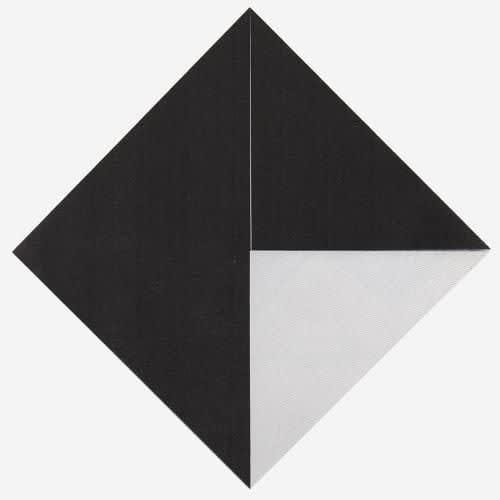Lygia Clark: Retrospective: Curated by: Marcus de Lontra Costa and Rafael Fortes Peixoto | Neue Nationalgalerie - Alemanha
The Neue Nationalgalerie will show Brazilian artist Lygia Clark’s (1920–1988) first retrospective in Germany. With around 120 artworks, the comprehensive show in the upper hall will present her oeuvre from the late 1940s to the 1980s, ranging from geometric-abstract paintings to participatory sculptures and performances. The interactive approach in Clark’s work will be a central aspect of the exhibition. Visitors can interact with a large number of replicas created especially for the show.
Lygia Clark is regarded as a radical innovator as she fundamentally redefined the relationship between artist and viewer, artwork and space. As a leading figure of Neoconcretismo (the Neo-Concrete movement), initiated in Rio de Janeiro in 1959, she understood art as an organic phenomenon. She demanded a subjective, body-related and sensorial art experience, which included the viewer’s active participation. This participatory approach within Clark’s work will be available for visitors to experience through interaction with exhibition copies. In addition, regular performances will activate the work of this outstanding twentieth-century artist.
At the beginning of her career, Lygia Clark made geometric-abstract paintings. After 1954, she began rupturing the canvas. Her relief-like wood panels created a connection to space. With the founding of the neo-concrete movement, she took the step into three-dimensional space. The members of the Neoconcretismo considered the artwork as an organic, living phenomenon. These principles are expressed in Clark's Bichos (Critters), which are geometric, movable sculptures that can be folded into ever new positions by the viewer. This led to the creation of her Objetos Sensoriais (Sensorial Objects), including glasses, masks and suits that extended the recipients' sensory experience to the whole body. At the end of the 1960s, she developed her concept of the Corpo Coletivo (Collective Body), which describes community-building, performative actions. Towards the end of her career, Clark finally developed a body-related therapy method in which her art objects were used.
The retrospective at the Neue Nationalgalerie brings together around 120 loans from international private collections and museums, including the Pinacoteca do Estado de São Paulo, the Museu de Arte Moderna in Rio de Janeiro as well as the Museum of Modern Art and the Cisneros Collection in New York.
![Lygia Clark Contra-relevo nº5, 1959 Pintura industrial sobre madeira [Industrial paint on wood] 140 x 140 cm [55 1/8 x 55 1/8 in]](https://artlogic-res.cloudinary.com/w_800,h_800,c_limit,f_auto,fl_lossy,q_auto/artlogicstorage/antoniabergamin/images/view/d9e425318539797d89195c0cf5b050c0j/galatea-lygia-clark-contra-relevo-n-5-1959.jpg)


![Lygia Clark, Quebra da moldura (P&B), versão 01 [Breaking the frame (P&B), version 1], 1954](https://artlogic-res.cloudinary.com/w_1600,h_1600,c_limit,f_auto,fl_lossy,q_auto/artlogicstorage/antoniabergamin/images/view/d5c373d4c3301e0c34a842d0d778fc26j/galatea-lygia-clark-quebra-da-moldura-p-b-vers-o-01-breaking-the-frame-p-b-version-1-1954.jpg)
![Lygia Clark, Trepante versão 1 [Trepante version], 1965](https://artlogic-res.cloudinary.com/w_1600,h_1600,c_limit,f_auto,fl_lossy,q_auto/artlogicstorage/antoniabergamin/images/view/e69b09d035dad78f075e1c77688cc8a2j/galatea-lygia-clark-trepante-vers-o-1-trepante-version-1965.jpg)

